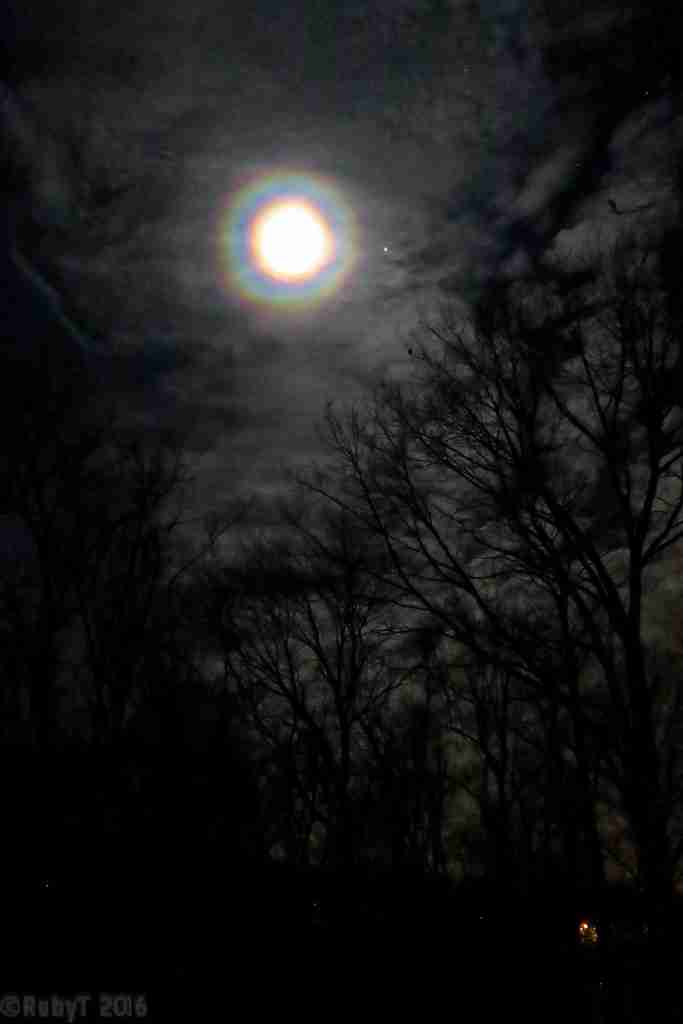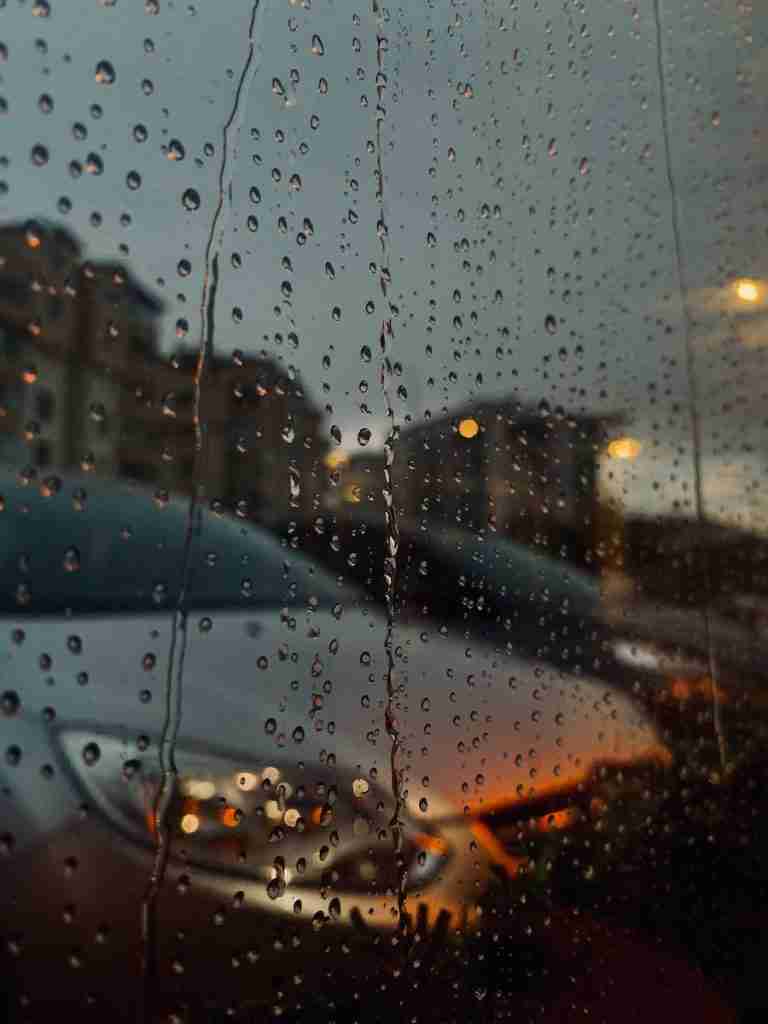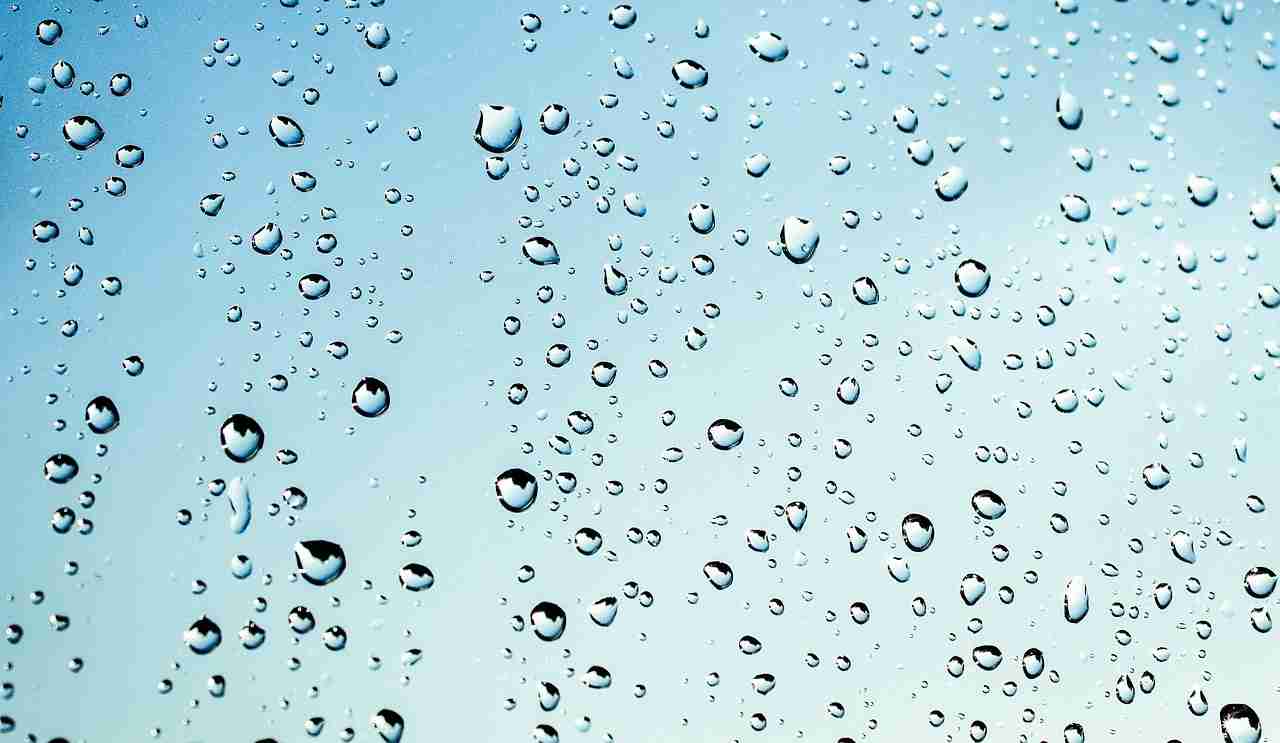27 Fun Facts About Rain: Nature’s Marvel Explained
1. Rain can fall in different colors.
While most rain is cloud-colored, certain conditions can cause colored rain.
For example, red rain is often caused by dust from deserts, and yellow rain can occur due to pollen in the air. These unique phenomena create a spectacular sight.
2. The heaviest rainfall ever recorded in one minute was 31.2 millimeters.
This record-breaking rain occurred in Barot, Guadeloupe, on November 26, 1970.
Such intense rainfall is extremely rare and was caused by a highly localized and severe weather event.
3. Acid rain is a result of air pollution.
When pollutants like sulfur dioxide and nitrogen oxides are released into the atmosphere, they can mix with water droplets to form acid rain.
Acid rain can have harmful effects on plants, aquatic animals, and infrastructure.
4. Raindrops are not tear-shaped.
Raindrops resemble the shape of a small, round ball or a hamburger bun.
This shape is due to the air resistance they encounter as they fall, which flattens their bottom part, debunking the common teardrop misconception.
5. Rain doesn’t always reach the ground.
Sometimes, rain evaporates before it hits the ground, a phenomenon known as ‘virga’.
This often happens in hot, dry regions and can be seen as streaks or wisps under a cloud.
6. Blood rain is a real phenomenon.
Blood rain, a type of colored rain, gets its red color from dust and particles in the atmosphere.
Historically, it has been a source of fear and superstition, but it’s a natural occurrence often caused by sand from deserts.
7. The wettest place on Earth is Mawsynram, India.
Mawsynram in Meghalaya, India, receives an average annual rainfall of 11,871 millimeters.
This small village experiences such intense rain due to its unique geographical location, making it the wettest place in the world.
8. The smell of rain has a name: petrichor.
Petrichor is the earthy scent produced when rain falls on dry soil.
The term was coined by two Australian scientists in 1964 and is derived from the Greek words ‘petra’, meaning stone, and ‘ichor’, the fluid that flows in the veins of the gods in Greek mythology.
9. Rainfall can affect the speed of sound.
Sound travels differently through wet air compared to dry air, often speeding up in the presence of rain.
This change is due to the temperature and humidity variations that rain brings, altering the sound waves travel.
10. Rain can be harvested and stored for use.
Rainwater harvesting is an ancient technique and is still used today to collect and store rainwater for later use, especially in arid regions.
This sustainable practice can provide water for various needs, reducing dependence on groundwater sources.
11. Rain affects animal behavior.
Many animals react to the onset of rain, using it as a signal for various behaviors such as breeding, hunting, or sheltering.
For example, earthworms surface during rain, which helps them move around without the risk of drying out.
12. Moonbow is a rainbow at night caused by moonlight.

A moonbow is a rare natural phenomenon occurring when moonlight refracts through raindrops, similar to a solar rainbow but much fainter.
These ethereal bows are often seen in places with waterfalls and misty conditions.
13. The longest period of continuous rain lasted 247 days.
This record was set in Oahu, Hawaii, from August 27, 1993, to April 30, 1994.
Such prolonged rainfall is a rarity and can have significant impacts on the local environment and human activities.
14. Phantom rain is felt but not seen.
Phantom rain occurs when raindrops evaporate before reaching the ground, creating the sensation of humidity and dampness without visible rain.
This phenomenon is more common in dry, hot areas where evaporation rates are high.
15. Some deserts, experiencing rain only once every several years, conceal fascinating fun facts about rain.
In some of the world’s driest deserts, like the Atacama in Chile, rain is an extremely rare event, sometimes occurring only once a decade or less.
The scarcity of rain in these regions contributes to their extreme arid conditions.
16. Rain can create optical illusions.

Raindrops can act like lenses, bending light and creating illusions such as halos or distorted views.
These phenomena add a mystical aspect to rainy weather, captivating observers with their transient beauty.
17. What is the definition of rain?
Rain is a form of precipitation in which water droplets fall from the atmosphere to the Earth’s surface.
It is a crucial part of the water cycle.
18. Rain gardens are used for managing stormwater.
Rain gardens are designed to absorb runoff from roofs, driveways, and streets, reducing erosion and improving water quality.
These gardens are not only functional but also enhance the aesthetic appeal of urban and suburban areas.
19. Rain of animals is a rare meteorological phenomenon.
Occasionally, small animals like fish or frogs can be swept up in waterspouts and fall from the sky with rain.
This bizarre event, while rare, has been reported in various parts of the world, often baffling locals.
20. Rain plays a role in cultural rituals and traditions.

In many cultures, rain is seen as a symbol of renewal and fertility, often featured in rituals and ceremonies.
From dances to festivals, rain has a significant place in various cultural practices around the world, celebrating its life-giving properties.
21. The intensity of rain is categorized by meteorologists.
Rain is classified as light, moderate, or heavy, based on the rate it falls.
This categorization helps in weather forecasting and preparing for potential impacts on various activities and events.
22. Rain can have therapeutic effects.
The sound of rain is often considered soothing and is used in various forms of therapy and relaxation techniques.
This calming effect is attributed to the white noise produced by falling raindrops, which many find relaxing and helpful for sleep.
23. Rainfall patterns are a key factor in agricultural planning.
Understanding and predicting rain patterns is crucial for farmers to plan planting and harvesting cycles.
Rainfall affects crop yields, irrigation needs, and the overall success of agricultural activities.
24. Rain can affect the taste of wine.

The amount of rain during a grape growing season can influence the flavor profile of wine.
Excessive rain can dilute grape sugars, while too little can stress vines. Winemakers carefully monitor weather patterns to ensure optimal grape quality.
25. Raindrops can travel at different speeds.
The size of raindrops affects their falling speed, with larger drops falling faster than smaller ones.
This variation in speed plays a role in how rain sounds and feels when it hits surfaces, contributing to the varied experiences of rain.
26. Diamond rain is believed to occur on Neptune and Uranus.
In the high-pressure atmospheres of these planets, scientists speculate that carbon can crystallize into diamonds, raining down into the interior.
This fascinating concept, while not directly observed, highlights the incredible diversity of weather phenomena beyond Earth.
27. Rain has a critical role in Earth’s climate system.
Rain plays a key part in the hydrological cycle, helping to regulate the Earth’s temperature.
It’s essential for replenishing freshwater sources, supporting ecosystems, and sustaining life on our planet.
FAQs
Rain sounds for relaxation or sleeping can be found in various formats, including online platforms, apps, and relaxation sound playlists.
Yes, many people find that listening to rain sounds can create a peaceful environment conducive to sleep.
“Rain for sleeping” refers to the use of recorded rain sounds as background noise to aid relaxation and improve sleep quality.
The sound of rain can be found on various platforms, including online streaming services, apps, and dedicated websites.
Listening to rain sounds has been associated with reduced stress and anxiety.







